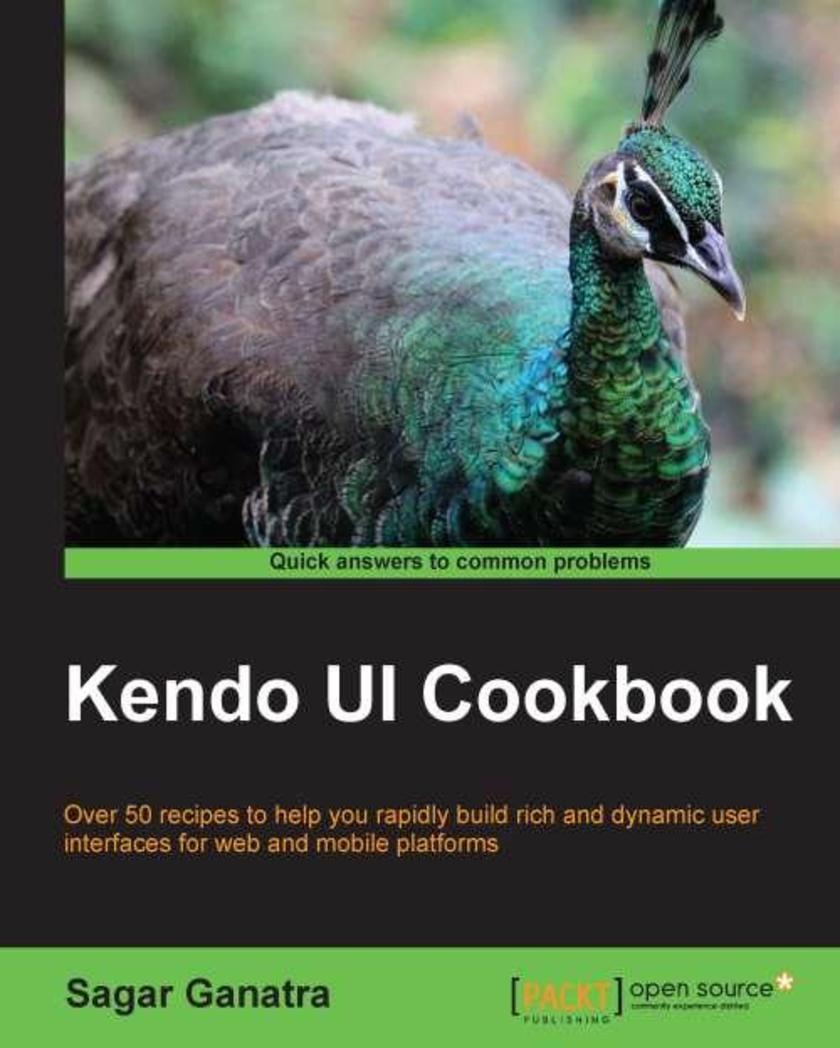
Kendo UI Cookbook
¥90.46
This book is an easy-to-follow guide full of hands-on examples that allows you to learn and build visually compelling web applications using the Kendo UI library. This book will do wonders for web developers having knowledge of HTML and Java* and want to polish their skills in building applications using the Kendo UI library.
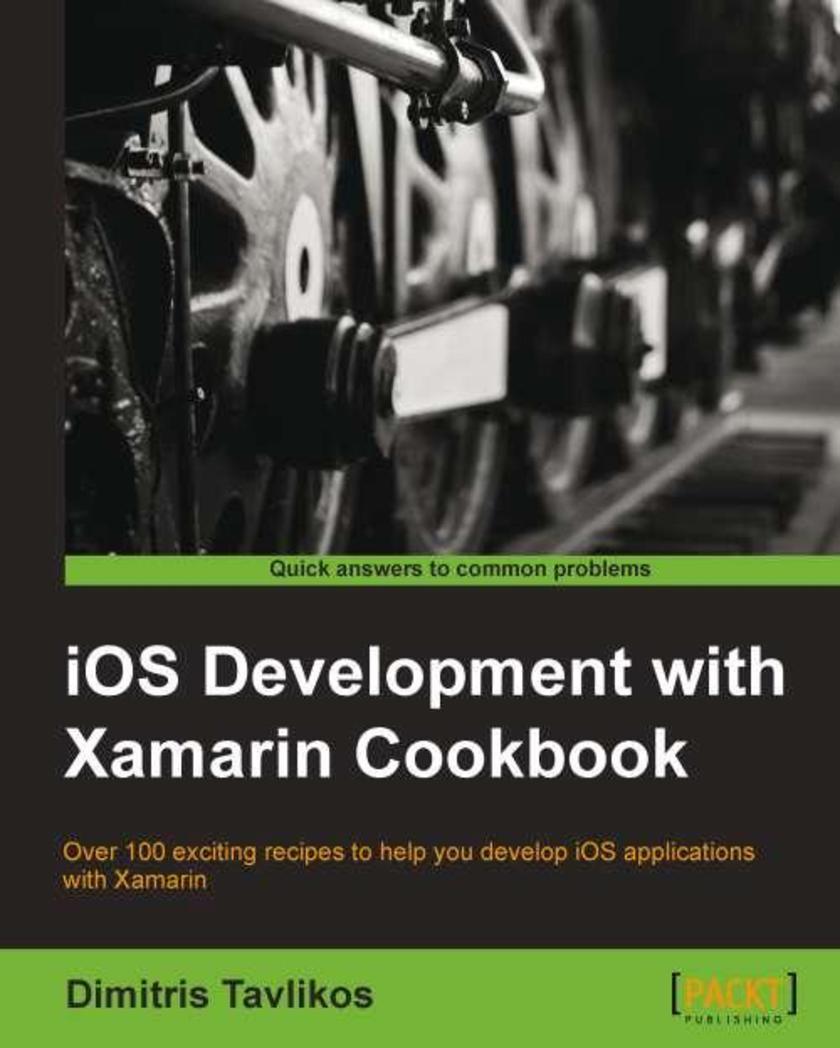
iOS Development with Xamarin Cookbook
¥90.46
The book is written in a recipe format with practical examples, allowing you to go directly to your topic of interest or follow topics throughout a chapter to gain an indepth knowledge. There are also plenty of hints and best practices along the way. If you are a C#/.NET developer with no previous experience in iOS development or an ObjectiveC developer who wants to create complete iOS applications and deploy them to the App Store, then this book is ideal for you. No experience with Xamarin is needed.
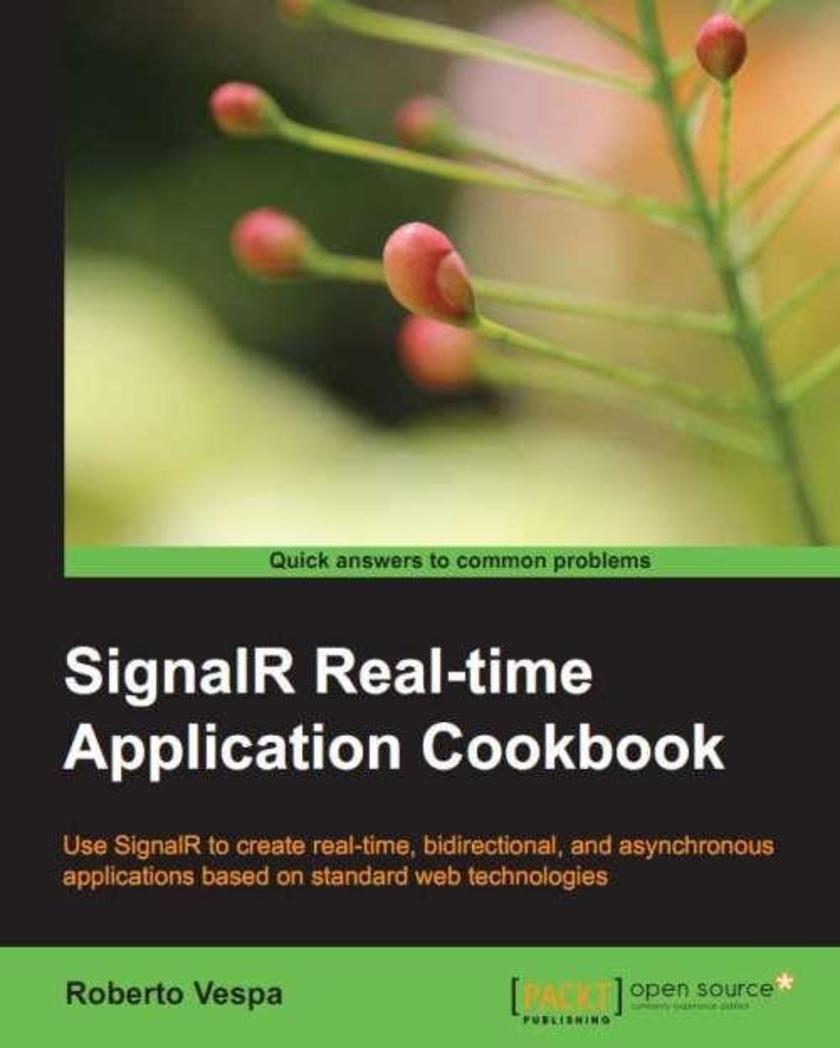
SignalR Real-time Application Cookbook
¥90.46
This book contains illustrated code examples to help you create realtime, asynchronous, and bidirectional clientserver applications. Each recipe will concentrate on one specific aspect of application development with SignalR showing you how that aspect can be used proficiently. Different levels of developers will find this book useful. Beginners will be able to learn all the fundamental concepts of SignalR, quickly becoming productive in a difficult arena. Experienced programmers will find in this book a handy and useful collection of readymade solutions to common use cases, which they will be able to enhance as needed. Developers can also use the book as a quick reference to the most important SignalR features. No previous practical experience either with SignalR or with realtime communication in general is required.
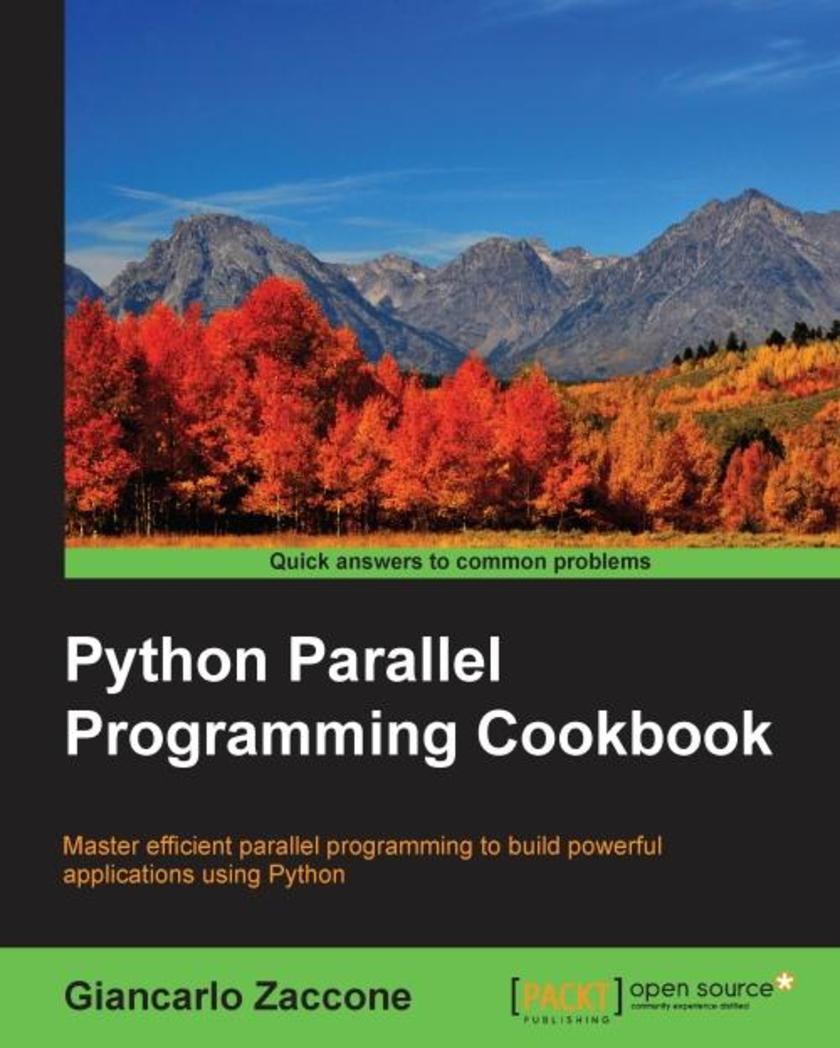
Python Parallel Programming Cookbook
¥90.46
This book is intended for software developers who want to use parallel programming techniques to write powerful and efficient code. After reading this book, you will be able to master the basics and the advanced features of parallel computing. The Python programming language is easy to use and allows nonexperts to deal with and easily understand the topics exposed in this book.
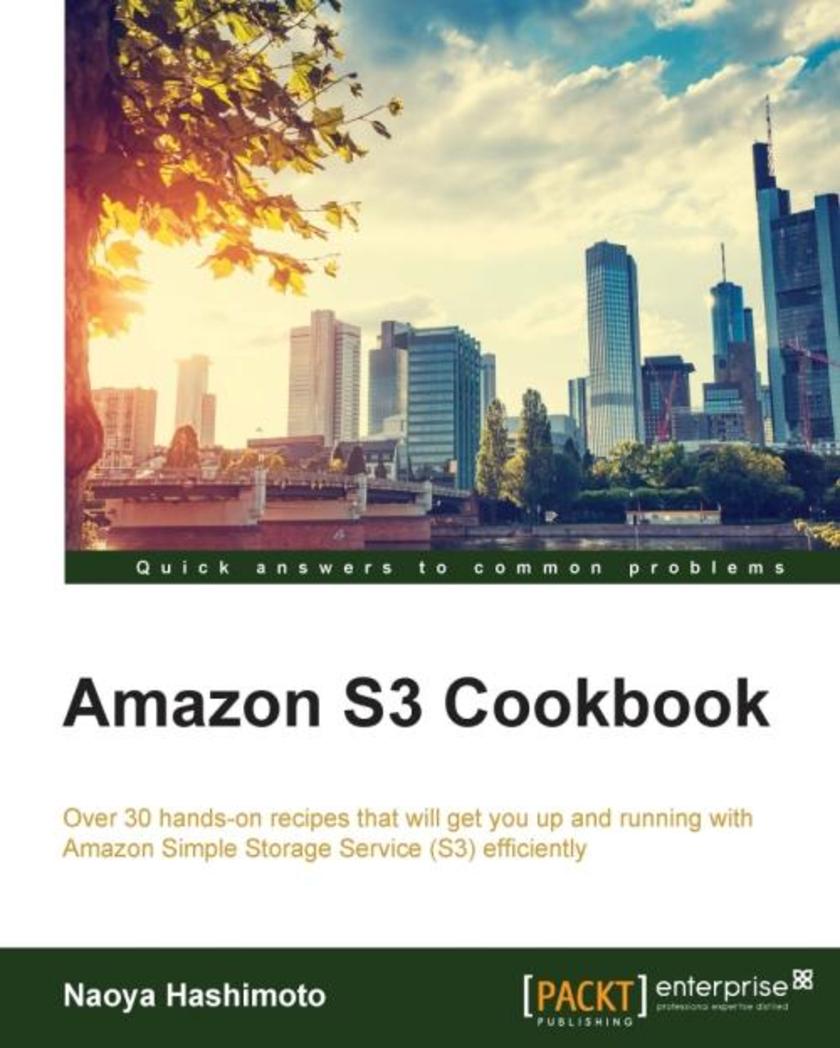
Amazon S3 Cookbook
¥90.46
This book is for cloud developers who have experience of using Amazon S3 and are also familiar with Amazon S3.

VMware vSphere 5.1 Cookbook
¥90.46
A fast-paced, task-oriented Cookbook covering recipes on the installation and configuration of vSphere 5.1 components. The recipes are accompanied with relevant screenshots with an intention to provide a visual guidance as well. The book concentrates more on the actual task rather than the theory around it, making it easier to understand what is really needed to achieve the task. This book is a guide for anyone who wants to learn how to install and configure VMware vSphere components. This is an excellent handbook for support professionals or for anyone intending to give themselves a head start in learning how to install and configure vSphere 5.1 components. It is also a good task-oriented reference material for consultants who design and deploy vSphere environments.

PostgreSQL Server Programming
¥90.46
This practical guide leads you through numerous aspects of working with PostgreSQL. Step by step examples allow you to easily set up and extend PostgreSQL. "PostgreSQL Server Programming" is for moderate to advanced PostgreSQL database professionals. To get the best understanding of this book, you should have general experience in writing SQL, a basic idea of query tuning, and some coding experience in a language of your choice.

Microsoft Dynamics CRM 2011 Reporting
¥90.46
The book is a focused and step-by-step tutorial on Microsoft Dynamics CRM Reporting capabilities. It will enable Dynamics developers to create and manage reports, know what tools to use, how to use them, and where to find the data based on how it’s being entered into the system with Dynamics CRM.This book is great for users and developers new to the Dynamics CRM Reports and SQL Server Reporting services, and who are looking to get a good grounding in how to use the reporting capabilities of Dynamics CRM 2011. It’s assumed that you will have some experience in HTML and JavaScript already to build the advanced reports, but no previous programming experience is required to build and learn how to create some basic to intermediate reports, which will be used during the exercises within this book.

OpenGL Development Cookbook
¥90.46
The book is written in a Cookbook format with practical recipes aimed at helping you exploit OpenGL to its full potential.This book is targeted towards intermediate OpenGL programmers. However, those who are new to OpenGL and know an alternate API like DirectX might also find these recipes useful to create OpenGL animations.

Express Web Application Development
¥90.46
Express Web Application Development is a practical introduction to learning about Express. Each chapter introduces you to a different area of Express, using screenshots and examples to get you up and running as quickly as possible.If you are looking to use Express to build your next web application, "Express Web Application Development" will help you get started and take you right through to Express' advanced features. You will need to have an intermediate knowledge of JavaScript to get the most out of this book.
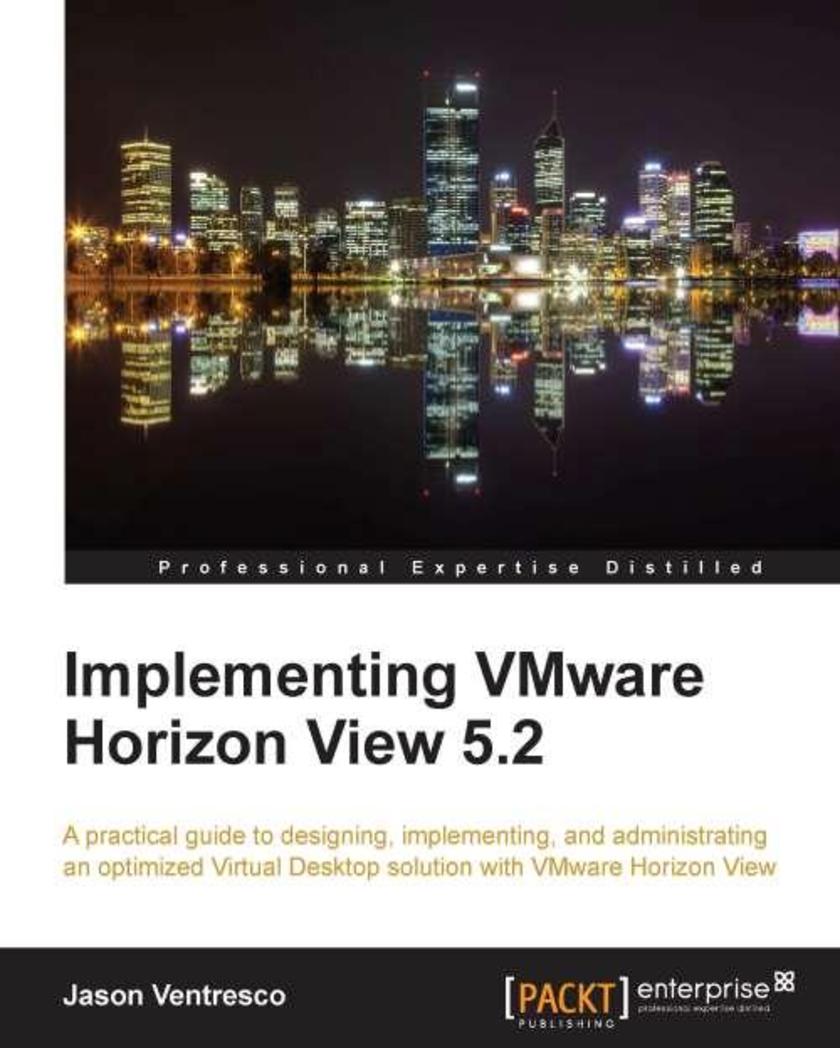
Implementing VMware Horizon View 5.2
¥90.46
A step-by-step tutorial covering all components of the View Horizon suite in detail, to ensure that you can utilize all features of the platform, and discover all of the possible ways that it can be used within your own environment.If you are a newcomer in system administration, and you wish to implement a small to midsized Horizon View environment, then this book is for you. It will also benefit individuals who wish to administrate and manage Horizon View more efficiently or are studying for the VCP5-DT.
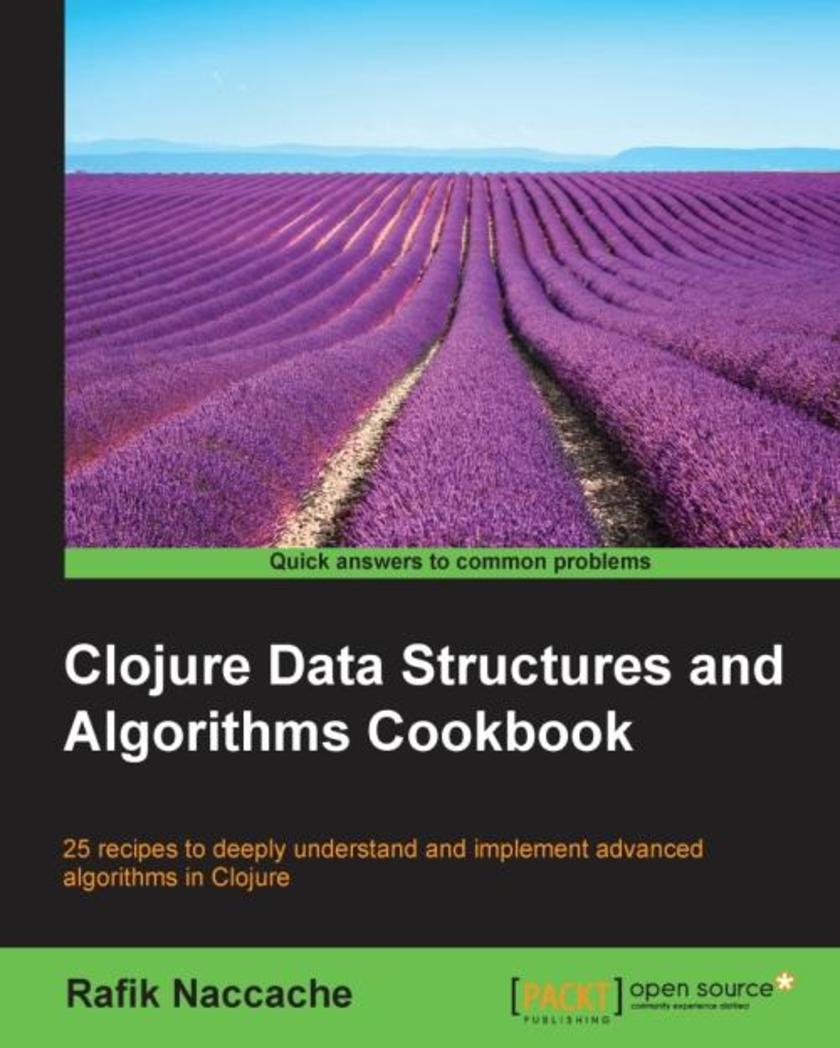
Clojure Data Structures and Algorithms Cookbook
¥90.46
This book is for intermediate Clojure developers who can read and write in this language quite comfortably. Besides, it is assumed that you have some knowledge of how to set up Clojure projects, include dependencies, how to run REPLs, and so on through Leiningen and Figwheel. No prior awareness of any of the algorithms covered in this book is needed, and, when appropriate, pointers are given to the explanation material about any theory related to them.

Atlassian Confluence 5 Essentials
¥90.46
Atlassian Confluence 5 Essentials is written in a friendly, tutorial style packed full of practical information to help get you started with Confluence and collaborating on projects more efficiently.If you just started with Confluence, as a user or administrator, this book will give you a running start and teach you everything you need to know. This book will also appeal to veteran users as it will give you new insights and tricks for how to use Confluence even more efficiently. All you need to get started with this book is some basic knowledge on how to use an Internet browser. As an administrator, you will need some basic knowledge about your organization’s standard operating environment to install Confluence.
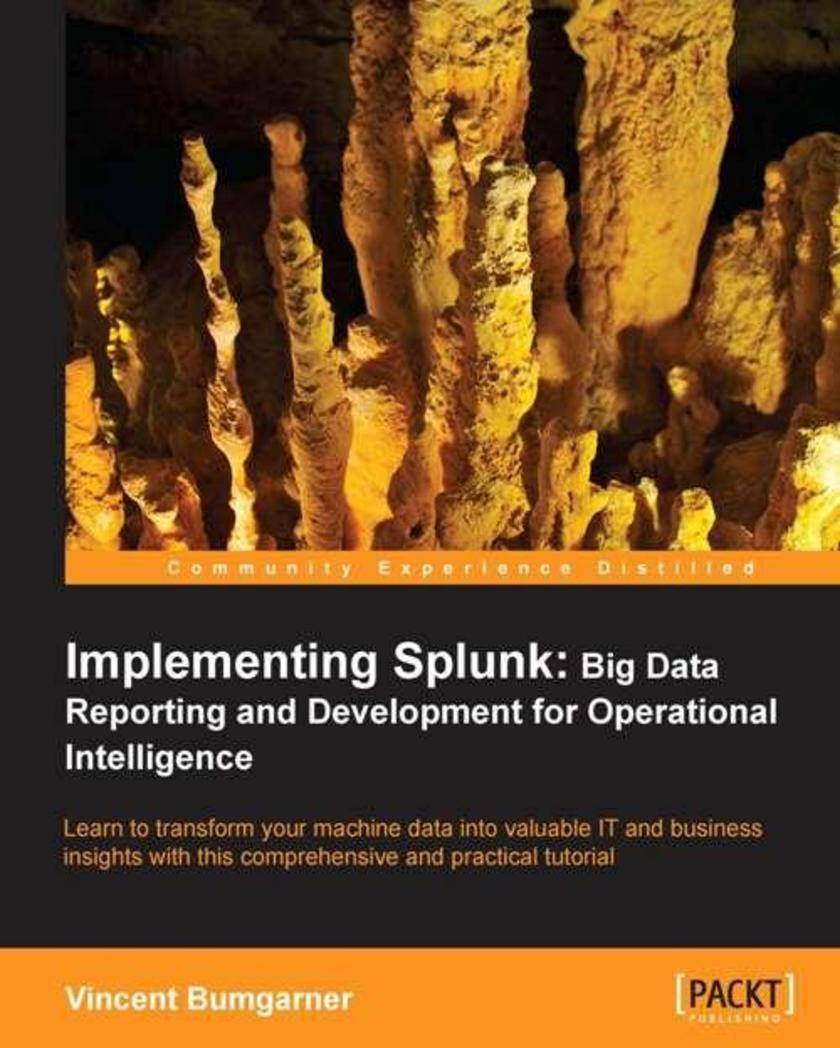
Implementing Splunk: Big Data Reporting and Development for Operational Intellig
¥90.46
A step-by-step practical implementation tutorial that equips you with high-level knowledge of configuring, deploying, extending, and integrating Splunk to bring machine-generated operational intelligence (?)to your advantage. The book targets professionals and organizations who want to implement or have already implemented Splunk for log analysis and indexing. Analysts and IT staff for end-to-end investigation, performance monitoring, and so on will also learn from the practical examples. It would even help managers to build reports and summarize the health, performance, and activity of their IT infrastructure and business. You will also find it helpful as a technical administrator, consultant, or end user. This book aims to be useful to Splunk users of all levels, from complete newbie to seasoned user. The book assumes that you have access to a copy of Splunk, ideally not in production. Many examples also assume your user has admin rights.
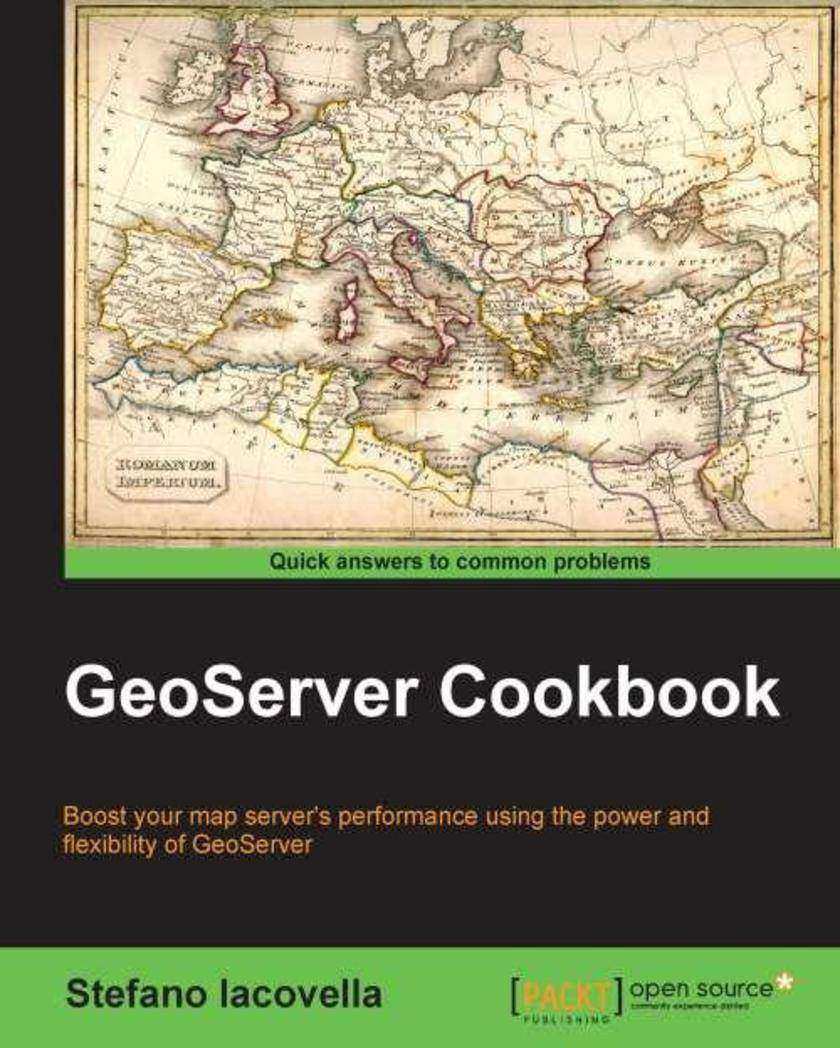
GeoServer Cookbook
¥90.46
This book is ideal for GIS experts, developers, and system administrators who have had a first glance at GeoServer and who are eager to explore all its features in order to configure professional map servers. Basic knowledge of GIS and GeoServer is required.
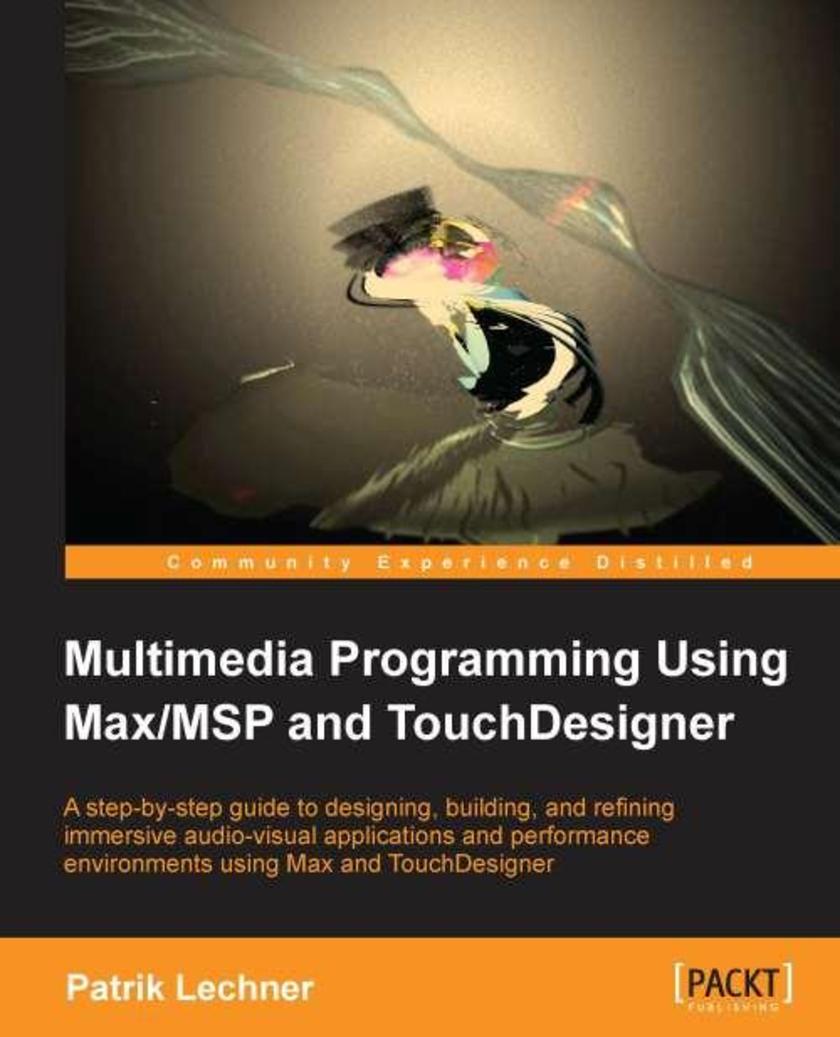
Multimedia Programming Using Max/MSP and TouchDesigner
¥90.46
If you want to learn how to use Max 6 and/or TouchDesigner, or work in audio-visual real-time processing, this is the book for you. It is intended for intermediate users of both programs and can be helpful for artists, designers, musicians, VJs, and researchers. A basic understanding of audio principles is advantageous.
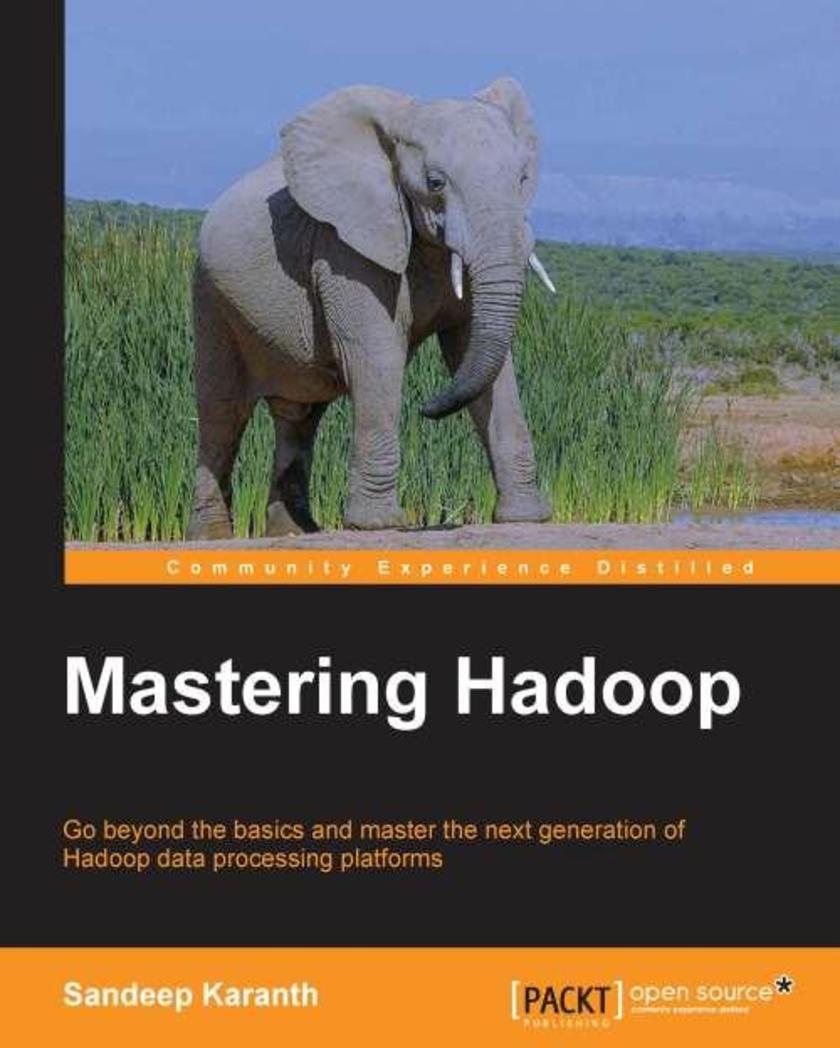
Mastering Hadoop
¥90.46
Do you want to broaden your Hadoop skill set and take your knowledge to the next levelDo you wish to enhance your knowledge of Hadoop to solve challenging data processing problemsAre your Hadoop jobs, Pig *s, or Hive queries not working as fast as you intendAre you looking to understand the benefits of upgrading HadoopIf the answer is yes to any of these, this book is for you. It assumes novice-level familiarity with Hadoop.
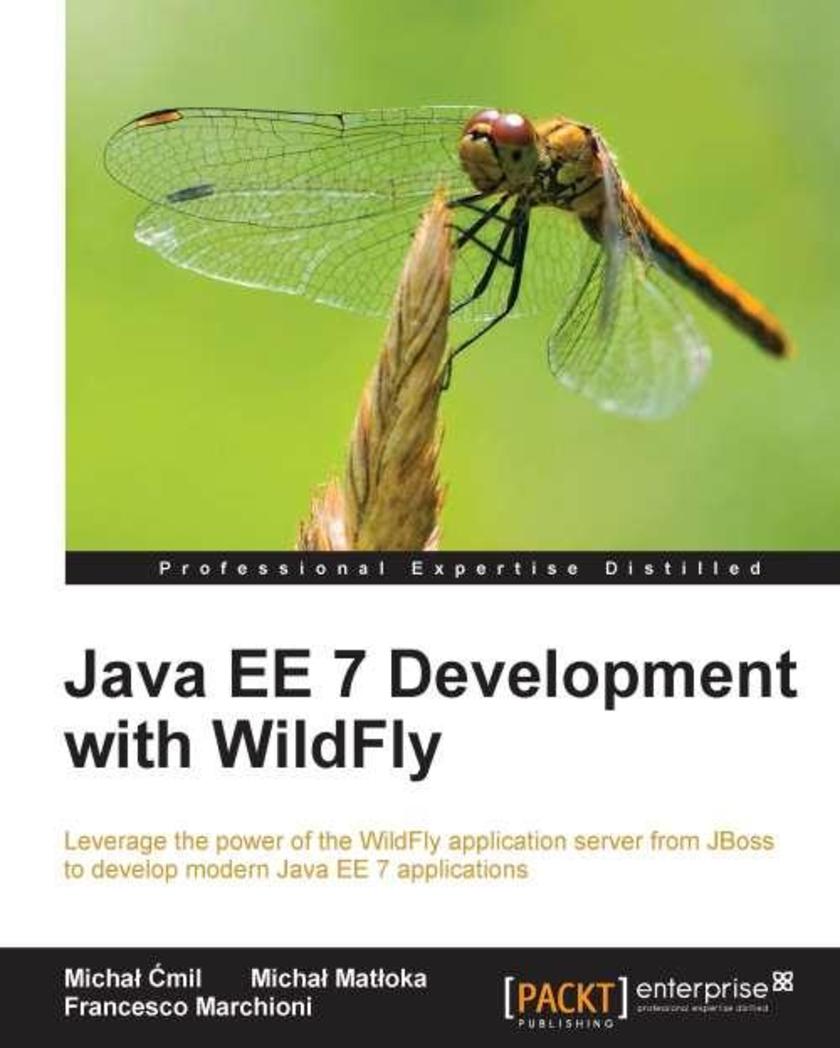
Java EE 7 Development with WildFly
¥90.46
If you are a Java developer who wants to learn about Java EE, this is the book for you. It's also ideal for developers who already have experience with the Java EE platform but would like to learn more about the new Java EE 7 features by analyzing fully functional sample applications using the new application server WildFly.
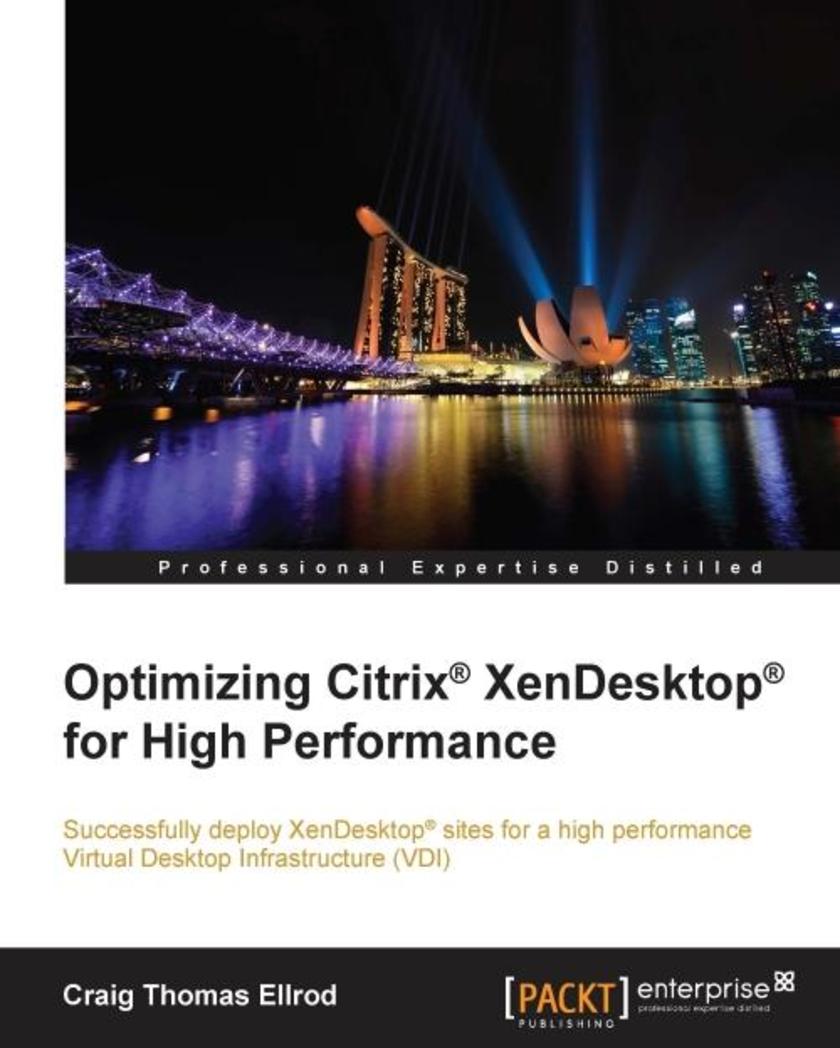
Optimizing Citrix? XenDesktop? for High Performance
¥90.46
Successfully deploy XenDesktop sites for a high performance Virtual Desktop Infrastructure (VDI) About This Book Size the VDI environment so the administrator has breathing room to design and build their XenDesktop systems efficiently Use desktop virtualization tools to provide users fast, convenient access to their Windows Desktops Understand the key pinch points in the resource layers such as; the Client layer, Network Layer, Access Layer, Control Layer, Services Layer and Resources Layer Who This Book Is For Citrix XenDesktop High Performance is written for administrators who would like to deploy Citrix XenDesktop in their enterprises with the aim of providing high efficiency. Basic familiarity with Citrix XenDesktop is assumed. What You Will Learn Understand key concepts, terminology, and system requirements Discover how components work in regards to virtualization and performance Identify architectural resource layers and components Explore the hypervisor virtualization software that runs on top of the hardware and learn how to tune it for maximum performance Analyze client hardware and software, including thin clients and mobile devices In Detail Citrix XenDesktop is a suite of desktop virtualization tools designed to provide users with fast and convenient access to their Windows desktops and applications through any device. Virtual desktops mean that rather than setting up hundreds or thousands of individual computers in an enterprise, companies can instead opt to create servers with large amounts of memory, disk, and processing resources, and use virtualization to offer these resources to end users. The result of this is that users are provided with an experience that appears to be identical to having an individual desktop PC. Each user has some disk space, processor time, and memory allocated to them, as though it is present on their own physical machine, when in reality, the resources are physically present on a centralized server. This book starts by answering the basic questions you need to ask when considering XenDesktop, followed by methods of how you can properly size your server infrastructure for XenDesktop. You’ll discover how to optimize the virtual machines used in XenDesktop, how to optimize your network for XenDesktop, and how to optimize the hypervisor and the cloud. You’ll also learn how to monitor XenDesktop to maximize performance. By the end of the book, you will be able to plan, design, build, and deploy high performance XenDesktop Virtualization systems in enterprises. You will also know how to monitor and maintain your systems to ensure smooth operation. Style and approach This book is an all-inclusive guide that uncovers hidden and previously unpublished performance improvement areas for any XenDesktop site.
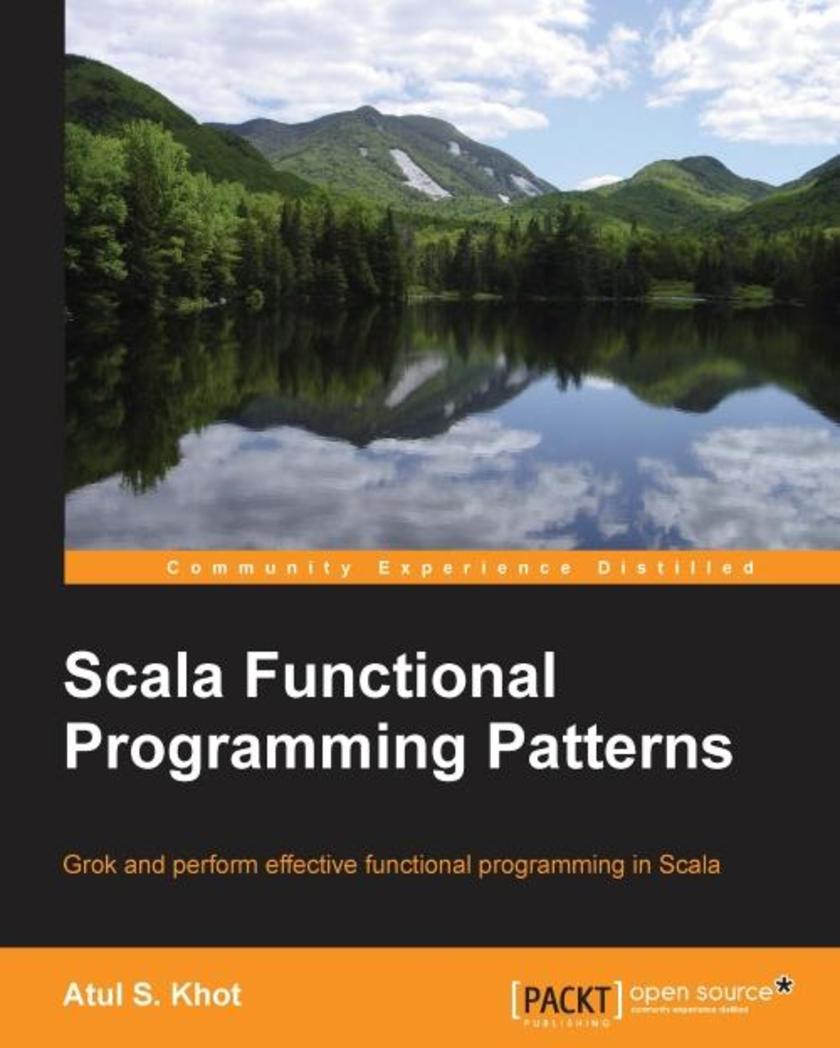
Scala Functional Programming Patterns
¥90.46
Grok and perform effective functional programming in Scala About This Book Understand functional programming patterns by comparing them with the traditional object-oriented design patterns Write robust, safer, and better code using the declarative programming paradigm An illustrative guide for programmers to create functional programming patterns with Scala Who This Book Is For If you have done Java programming before and have a basic knowledge of Scala and its syntax, then this book is an ideal choice to help you to understand the context, the traditional design pattern applicable, and the Scala way. Having previous knowledge of design patterns will help, though it is not strictly necessary. What You Will Learn Get to know about functional programming and the value Scala's FP idioms bring to the table Solve day-to-day programming problems using functional programming idioms Cut down the boiler-plate and express patterns simply and elegantly using Scala's concise syntax Tame system complexity by reducing the moving parts Write easier to reason about concurrent code using the actor paradigm and the Akka library Apply recursive thinking and understand how to create solutions without mutation Reuse existing code to compose new behavior Combine the object-oriented and functional programming approaches for effective programming using Scala In Detail Scala is used to construct elegant class hierarchies for maximum code reuse and extensibility and to implement their behavior using higher-order functions. Its functional programming (FP) features are a boon to help you design “easy to reason about” systems to control the growing software complexities. Knowing how and where to apply the many Scala techniques is challenging. Looking at Scala best practices in the context of what you already know helps you grasp these concepts quickly, and helps you see where and why to use them. This book begins with the rationale behind patterns to help you understand where and why each pattern is applied. You will discover what tail recursion brings to your table and will get an understanding of how to create solutions without mutations. We then explain the concept of memorization and infinite sequences for on-demand computation. Further, the book takes you through Scala’s stackable traits and dependency injection, a popular technique to produce loosely-coupled software systems. You will also explore how to currying favors to your code and how to simplify it by de-construction via pattern matching. We also show you how to do pipeline transformations using higher order functions such as the pipes and filters pattern. Then we guide you through the increasing importance of concurrent programming and the pitfalls of traditional code concurrency. Lastly, the book takes a paradigm shift to show you the different techniques that functional programming brings to your plate. This book is an invaluable source to help you understand and perform functional programming and solve common programming problems using Scala’s programming patterns. Style and approach This is a hands-on guide to Scala's game-changing features for programming. It is filled with many code examples and figures that illustrate various Scala idioms and best practices.
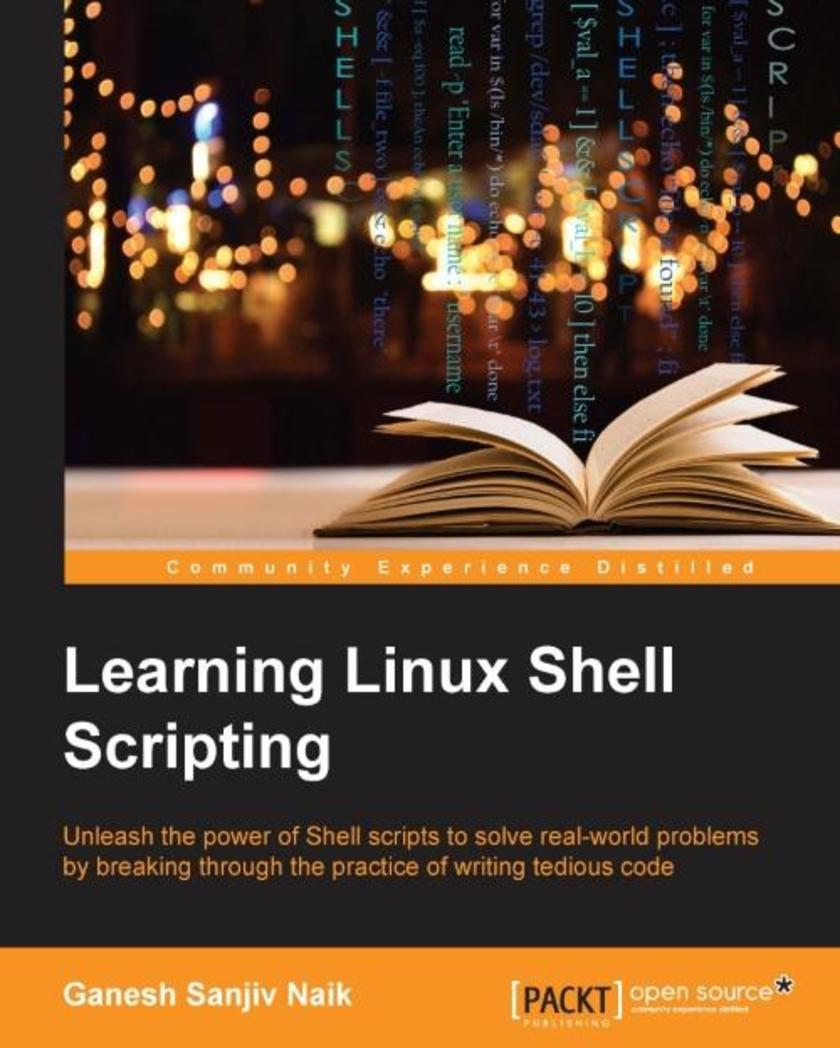
Learning Linux Shell Scripting
¥90.46
Unleash the power of shell *s to solve real-world problems by breaking through the practice of writing tedious code About This Book Learn how to efficiently and effectively build shell *s and develop advanced applications with this handy book Develop high quality and efficient solutions by writing professional and real-world *s, and debug *s by checking and shell tracing A step-by-step tutorial to automate routine tasks by developing *s from a basic level to very advanced functionality Who This Book Is For This book is ideal for those who are proficient at working with Linux and who want to learn about shell *ing to improve their efficiency and practical skills. By the end of this book, you will be able to confidently use your own shell *s in the real world. What You Will Learn Familiarize yourself with the various text filtering tools available in Linux Combine the fundamental text and file processing commands to process data and automate repetitive tasks Understand expressions and variables and how to use them practically Automate decision-making and save a lot of time and effort of revisiting code Get to grips with advanced functionality such as using traps and signals and using dialogs to develop screens Start up a system and customize a Linux system Take an in-depth look at regular expressions and pattern matching to understand the capabilities of *ing In Detail Linux is the one of the most powerful and universally adopted OSes. Shell is a program that gives the user direct interaction with the operating system. Scripts are collections of commands that are stored in a file. The shell can read this file and act on the commands as if they were typed on the keyboard. Shell *ing is used to automate day-to-day administration, and for testing or product development tasks.This book covers Bash, GNU Bourne Again SHell, preparing you to work in the exciting world of Linux shell *ing. We start with an introduction to the Shell environment and explain basic commands used in Shell. Next we move on to check, kill, and control the execution of processes in Linux OS. Further, we teach you about the filter tools available in Linux and explain standard output and standard errors devices.Then we will ensure you understand Shell’s interpretation of commands and get a firmer grasp so you use them in practice. Next, you’ll experience some real-world essentials such as debugging and perform Shell arithmetic fluently. Then you’ll take a step ahead and learn new and advanced topics in Shell *ing, such as starting up a system and customizing a Linux system. Finally, you’ll get to understand the capabilities of *ing and learn about Grep, Stream Editor, and Awk.Style and approach This practical book will go from the very basics of shell *ing to complex, customized automation. The idea behind this book is to be as practical as possible and give you the look and feel of what real-world *ing is like.




 购物车
购物车 个人中心
个人中心



